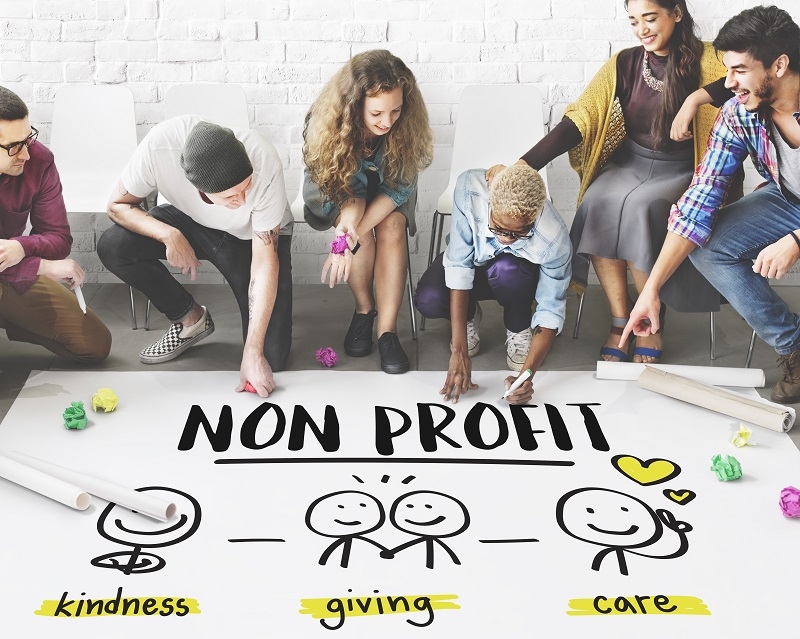Exploring Gender Identity: Navigating the Journey Properly

We live in a world where gender identity is becoming increasingly visible and accepted. For many people, navigating the journey of gender identity can be difficult and confusing. But it doesn't have to be. In this blog post, we will explore the different aspects of gender identity and provide resources to help you on your journey.
What is Gender Identity?
Gender identity is a persons internal sense of their own gender, which may or may not match the sex they were assigned at birth. It is a deeply personal experience and is unique to each individual, and maybe not like what you see in the movies. People of all gender identities can have a range of gender expressions, including physical characteristics, clothing, hairstyles, activities, and roles.
Understanding the Gender Spectrum
Most people think of gender in terms of male and female, but the gender spectrum is much broader than that, and it can lead to LGBTQ+ myths and misconception. It includes a range of gender identities, such as non-binary, genderqueer, genderfluid, and agender. There are also transgender people who identify as a gender different from the one they were assigned at birth.
Respecting Gender Identity
It is important to respect the gender identity of others. This means using the pronouns and names they prefer, not making assumptions about someones gender identity, and avoiding language that is offensive or derogatory towards someones gender identity.
Recognizing Gender-Based Discrimination
Gender-based discrimination occurs when someone is treated differently or unfairly because of their gender identity. This can include harassment, violence, and unfair treatment in the workplace. It is important to be aware of your rights and to speak up if you experience gender-based discrimination.
Exploring Gender Identity

Exploring your gender identity can be a rewarding and empowering experience. It can help you gain a deeper understanding of yourself and how you fit in the world. There are many resources available to help you on your journey, such as books, websites, and support groups.
Finding Some Support
It is important to find support when navigating the journey of gender identity. It can be helpful to talk to friends, family, or an LGBTQ+ support group about your experience. It can also be beneficial to seek professional support, such as a therapist or counsellor, who can provide assistance and guidance. You can also connect with a LGBTQ+ network for more help.
Learning About Gender Identity
One of the best ways to learn about gender identity is to educate yourself. Read books and articles, watch documentaries and films, and attend workshops and seminars. This will help you gain a better understanding of gender identity and the issues faced by LGBTQ+ people.
Exploring Gender Roles

Gender roles are the expectations and behaviors that are associated with a particular gender. It is important to be aware of these expectations and to challenge them when necessary. Everyone should be allowed to express themselves in whatever way feels most comfortable for them.
Creating a Safe Space
Creating a safe and supportive environment is essential for those exploring their gender identity. This means providing a space where people can feel comfortable and accepted, and free to express their gender without fear of judgement or discrimination.
Finding Your Community
Finding community is an important part of the gender identity journey. There are many resources available, such as online forums, support groups, and social events. Being part of a supportive community can help you feel more connected to yourself and to others.
Conclusion
Navigating the journey of gender identity can be difficult and confusing, but there are many resources available to help you on your way. It is important to respect the gender identity of others, to recognize gender-based discrimination, and to create a safe and supportive environment. By educating yourself, finding support, and connecting with others, you can learn to embrace and celebrate your gender identity.
This content was created by AI





















